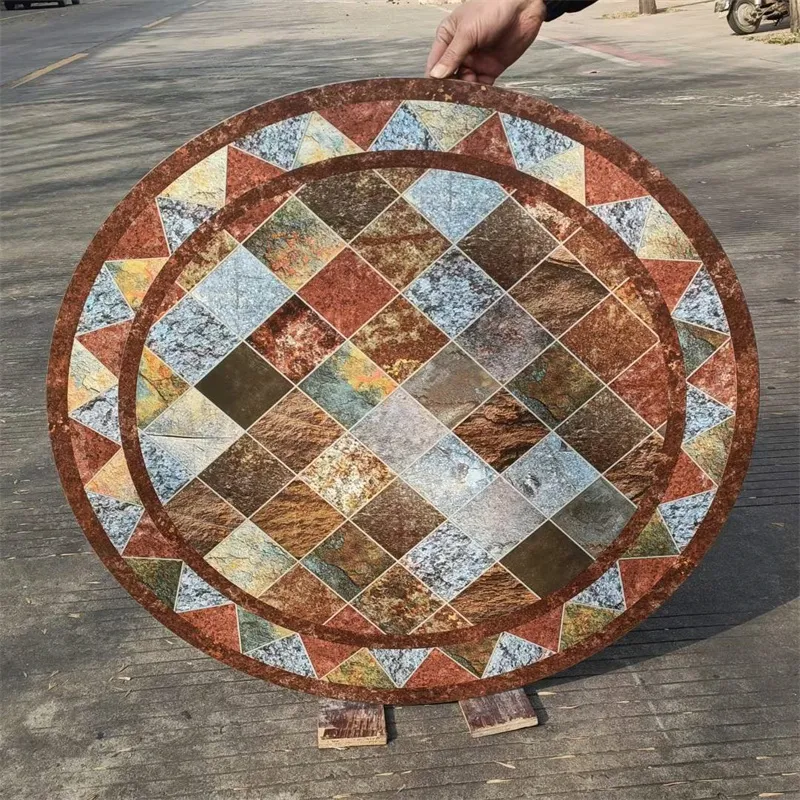Dec . 10, 2024 07:06 Back to list
Understanding the Distinctions Between Regular Glass and Tempered Glass
Understanding the Difference Between Regular Glass and Tempered Glass
When it comes to choosing the right type of glass for a construction project, home improvement, or a simple DIY task, it’s essential to understand the different types of glass available in the market. Two of the most commonly discussed types are regular glass and tempered glass. While both serve various functionalities, their properties, production methods, and applications vary significantly. This article will explore the differences between regular glass and tempered glass, helping you make informed decisions for your projects.
What is Regular Glass?
Regular glass, also known as annealed glass, is the most commonly used glass in the construction of windows, doors, and other applications. It is produced by heating raw materials such as silica sand, soda ash, and limestone in a furnace until they melt and are then cooled slowly. This cooling process is called annealing, which helps relieve internal stresses within the glass.
The primary characteristics of regular glass include its transparency, availability, and cost-effectiveness. However, it is relatively fragile and can easily break due to impact or thermal stress. When regular glass breaks, it shatters into sharp, jagged pieces, which can pose safety hazards. Due to these properties, regular glass is not always suitable for environments where safety is a top priority.
What is Tempered Glass?
Tempered glass, sometimes referred to as toughened glass, is produced through a different process than regular glass. After it is initially shaped, tempered glass is heated to high temperatures (around 600 degrees Celsius) and then rapidly cooled. This process is known as tempering, and it strengthens the glass significantly compared to regular glass.
The unique process of tempering creates a glass that is approximately four to five times stronger than regular glass of the same thickness. If broken, tempered glass shatters into small, blunt pieces rather than sharp shards, making it a much safer option for certain applications. Because of these properties, tempered glass is often used in environments where impact resistance and safety are paramount, such as in vehicle windows, shower doors, glass doors, and facades.
what is the difference between regular glass and tempered glass

Key Differences
1. Strength and Durability The most notable difference between the two types of glass is their strength. Tempered glass can endure high amounts of stress and is less likely to break under impact compared to regular glass.
2. Safety Due to the way they break, tempered glass is considered safer than regular glass. While regular glass can produce hazardous shards, tempered glass crumbles into small, less dangerous pieces, making it the preferred choice for many safety-critical applications.
3. Thermal Resistance Tempered glass can withstand higher temperatures and abrupt temperature changes. Regular glass, on the other hand, is more susceptible to thermal stress and can break if subjected to sudden temperature fluctuations.
4. Cost Preparing tempered glass involves a more complex manufacturing process, which makes it more expensive than regular glass. However, the safety and strength it provides often justify the additional cost in many applications.
5. Applications Regular glass is commonly used for interior applications, such as picture frames, basic windows, and glass furniture surfaces, where safety is less of an immediate concern. In contrast, tempered glass is used for exterior applications and where safety is critical, such as in storefronts, safety glass for cars, and glass shower enclosures.
Conclusion
In summary, while regular glass and tempered glass may appear similar at first glance, their differences in strength, safety, thermal resistance, cost, and applications are substantial. When deciding between the two, consider the specific requirements and potential hazards of your project. For applications requiring enhanced safety and durability, tempered glass is the clear choice, while regular glass may suffice for less demanding environments. Understanding these differences can help you make the right choice and ensure the safety and functionality of your glass installations.
-
Safety and Style with Premium Laminated Glass Solutions
NewsJun.24,2025
-
Reinvents Security with Premium Wired Glass
NewsJun.24,2025
-
Premium Float Glass Line for Modern Architecture
NewsJun.24,2025
-
Low Emissivity Glass for Energy-Efficient Architecture
NewsJun.24,2025
-
High-Performance Insulated Glass Solutions for Modern Architecture
NewsJun.24,2025
-
Elevates Interior Style with Premium Silver Mirror
NewsJun.24,2025
Related PRODUCTS














